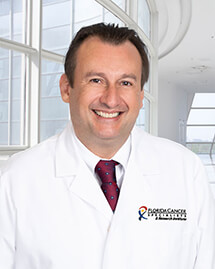Author(s): Patrick M. Forde, M.B., B.Ch., Jonathan Spicer, M.D., Ph.D., Shun Lu, M.D., Ph.D., Mariano Provencio, M.D., Ph.D., Tetsuya Mitsudomi, M.D., Ph.D., Mark M. Awad, M.D., Ph.D., Enriqueta Felip, M.D., Ph.D., Stephen R. Broderick, M.D., M.P.H.S., Julie R. Brahmer, M.D., Scott J. Swanson, M.D., Keith Kerr, M.B., Ch.B., Changli Wang, M.D., Ph.D., et al., for the CheckMate 816 Investigators*
Author Affiliations
From the Bloomberg–Kimmel Institute for Cancer Immunotherapy, Johns Hopkins Kimmel Cancer Center, Baltimore (P.M.F., S.R.B., J.R.B., J.M.T.); McGill University Health Center (J.S.), and Centre Hospitalier de l’Université de Montréal (M.L.) — both in Montreal; Shanghai Chest Hospital, School of Medicine, Shanghai Jiao Tong University, Shanghai (S.L.), Tianjin Lung Cancer Center, Tianjin Medical University Cancer Institute and Hospital, Tianjin (C.W.), and Peking University School of Oncology, Beijing Cancer Hospital, Beijing (K.-N.C.) — all in China; Hospital Universitario Puerta de Hierro, Madrid (M.P.); Kindai University Faculty of Medicine, Ohno-Higashi, Osaka-Sayama (T.M.), the University of Occupational and Environmental Health, Kitakyushu (F.T.), and Kanagawa Cancer Center, Yokohama (H.I.) — all in Japan; Dana–Farber Cancer Institute, Boston (M.M.A., S.J.S.); Vall d’Hebron Institute of Oncology, Barcelona (E.F.); Aberdeen Royal Infirmary, Aberdeen, United Kingdom (K.K.); Institutul Oncologic Prof. Dr. Ion Chiricuta and Universitatea de Medicina si Farmacie Iuliu Hatieganu, Cluj-Napoca, Romania (T.-E.C.); Charleston Oncology, Charleston, SC (G.B.S.); University of Chicago Medicine, Chicago (E.E.V.); Bristol Myers Squibb, Princeton, NJ (C.D., J.C., J.F., A.J., D.B., M.S., D.P., C.Y.C.); and Institut du Thorax Curie-Montsouris, Institut Curie, Paris (N.G.).

